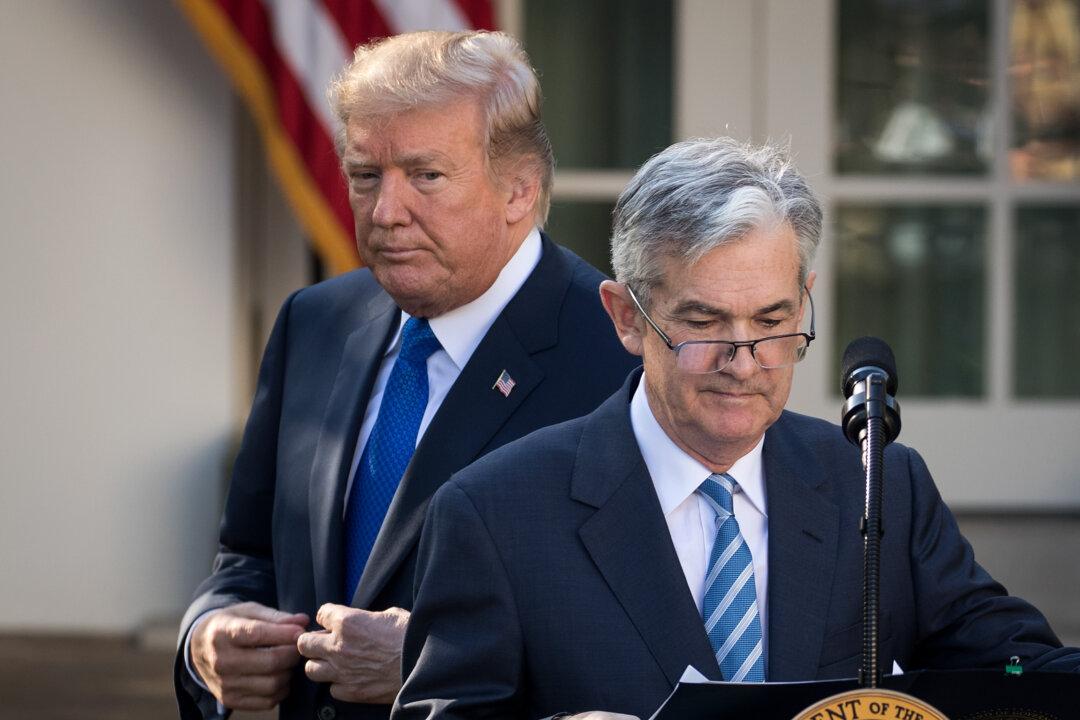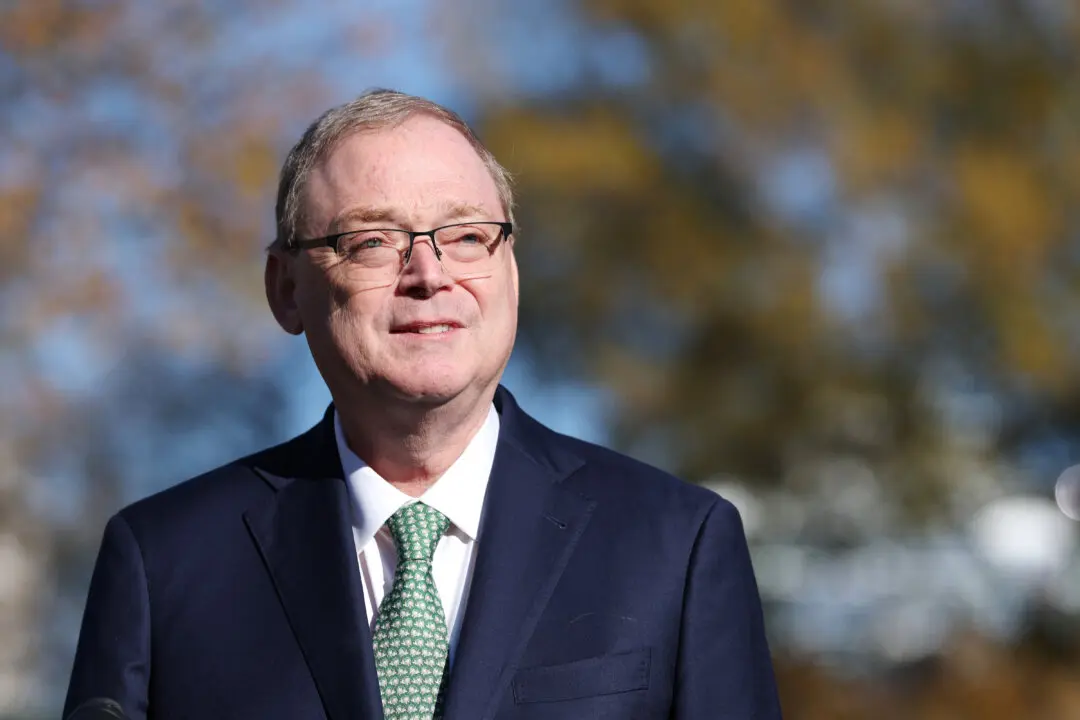President Donald Trump has renewed calls on the Federal Reserve to slash interest rates as the world’s central banks consider a joint policy response to the elevated risk of economic fallout from the novel coronavirus.
In signs of a growing likelihood of a major coordinated response to the virus epidemic, finance ministers of G-7 countries are planning a call Tuesday to discuss actions to prevent financial meltdown. Similarly, the International Monetary Fund and the World Bank said in a joint statement Monday they stood ready to help member countries cope with the potential economic fallout from the fast-spreading virus.





